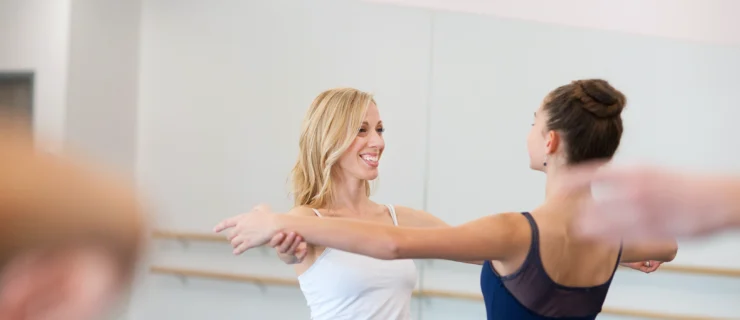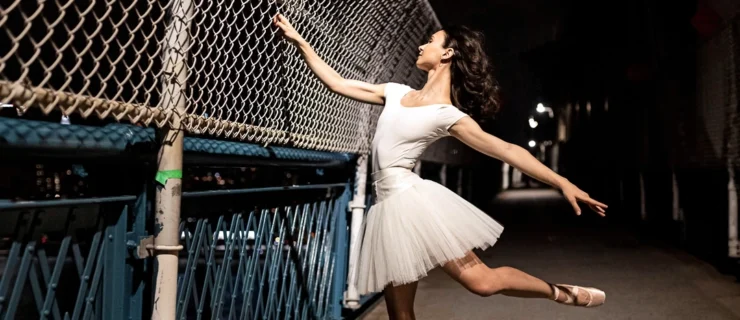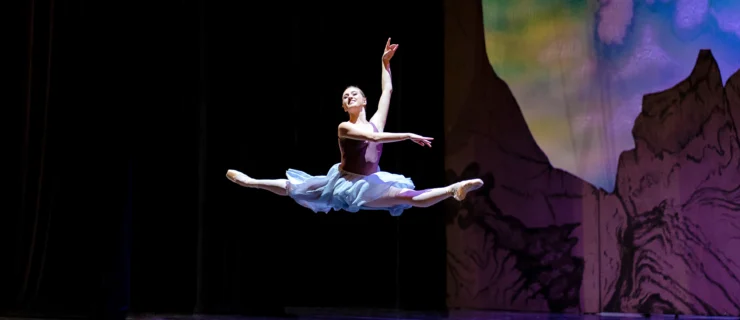Audition Advice: How to Deal When a Company Isn’t Getting Back to You
Kayla DeGaray remembers the frustration vividly. “I’d come out of class and anxiously refresh my email over and over, just hoping something would come through,” she says, recalling her intense audition season as a senior at Butler University. “But most of the time, there was nothing,”
The stressors of job hunting—filming a reel, writing cover letters, fine-tuning your resumé—are hard enough, but they are more magnified when there’s a long lag time between auditioning for a company (or submitting your materials digitally) and getting a response. Waiting for a “yes,” “no” or “maybe” is agonizing, yet many dancers are hesitant to follow up, fearing they’ll come off as pushy or annoying. Sometimes, though, it’s the right thing to do, and there are ways to handle this difficult situation that are proactive and professional, and may even bolster your chances.
Why It’s So Hard
Auditioning has an emotional as well as physical toll, which is why the “silent treatment” can have such a sting. Ballet’s job scarcity makes the power imbalance all the more palpable and the lack of a timely decision feel dismissive, says DeGaray, now a senior apprentice with Ballet Tucson. “It takes a lot to get to the place where you’re like, ‘I should reach out,’ because you don’t want to seem impatient. You really want them to know how interested you are, but also don’t want to come off as pushy.”
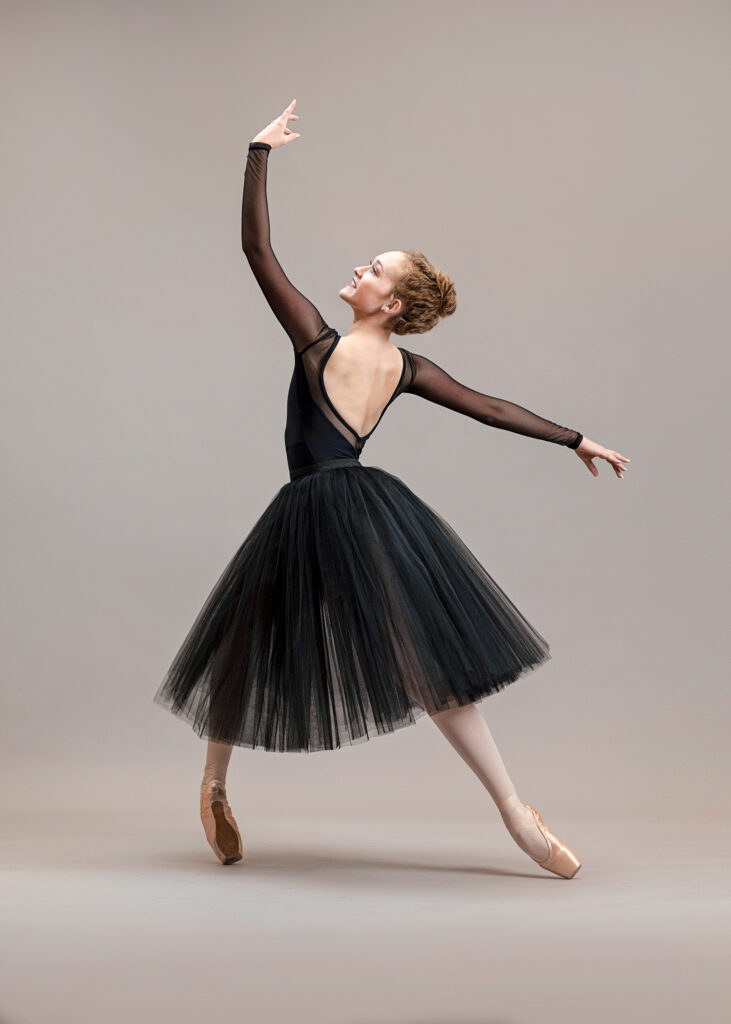
In 2020, DeGaray sent her audition materials to approximately 55 companies (at that time, most were only holding virtual auditions); about half confirmed receipt. She received a traineeship offer from Kansas City Ballet, and after a season there began her audition process again, this time both virtually and in person. She wrestled with what to do when weeks passed after she’d attended an audition for a well-known company and she still hadn’t heard from them. “I finally followed up with them, and they told me they didn’t have a position,” she says. “But I had to reach out personally in order to get a ‘no.’ ”
Other companies responded within their stated timelines, or said up front that only the dancers they were interested in hiring would receive a reply. But the questions always linger: Did my audition materials get lost in someone’s inbox? Accidentally deleted? Did they forget about me?
The Company’s Perspective
The reality from the company side of things is that the logistics of keeping track of all applicants are complex, and mistakes can happen. While every director is likely to be overwhelmed with audition applications from January onwards, sending an inquiry or reminder that you are awaiting a response is not likely to be an irritant— and can demonstrate your maturity and professionalism.
Tulsa Ballet artistic director Marcello Angelini says he gets between 1,600 and 1,900 applications every year (and looks at every one of them himself, in addition to reviewing filmed auditions with his staff). “If somebody takes the time to apply to us, I take the time to review their files,” he says. He strives to get back to dancers within a week, but adds that persistence is important if a dancer hasn’t heard anything after a reasonable period. “If a dancer is interested in a company, bug them. Nothing wrong with that; we are all paid to do this job. The worst that can happen is that you force a director to make a decision.”
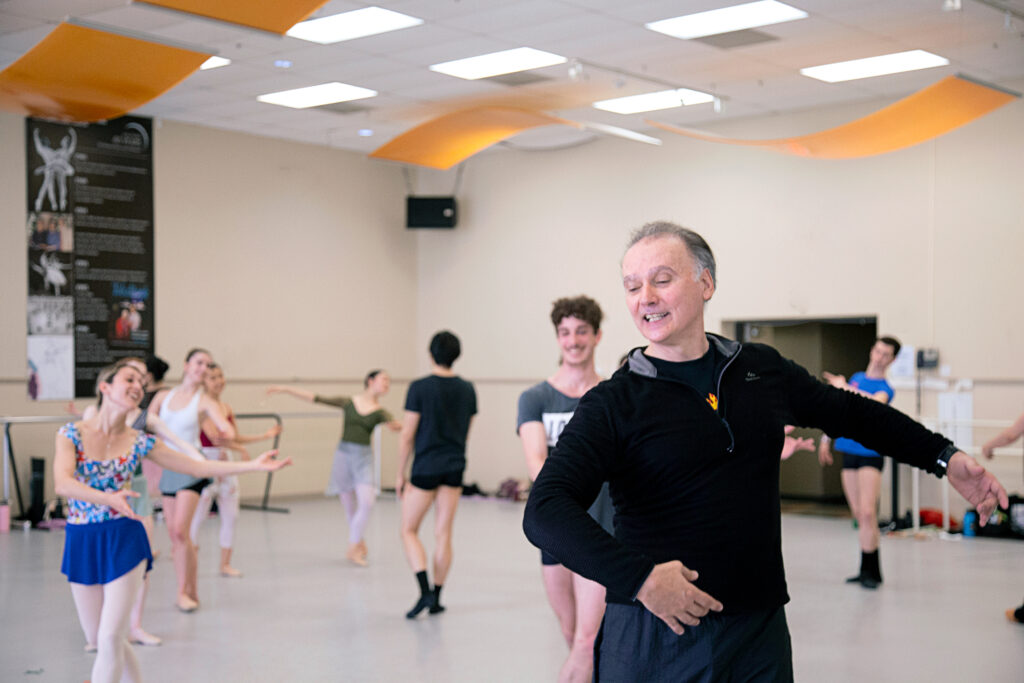
Keep a list of the date you auditioned for or applied to each company, if there is a stated notification date, and whether or when you heard back. (DeGaray used a spreadsheet that she updated frequently.) If the notification date has passed with no reply, or if it’s been a few weeks, a polite and respectful email is a reasonable, smart move. “It shows you care and that you’re advocating for yourself,” says Sacramento Ballet Second Company director Jill Krutzkamp. “And it shows how you’ll potentially be in the studio: the type of dancer who’ll hold yourself responsible and is self-motivated.”
Directors are often bound by contractual rules with their current dancers, so if you have a hard cut-off date of your own, don’t be afraid to say so up front. Angelini stresses that respect and politeness are critical. He suggests phrasing your conversation or email with gratitude for the opportunity to audition and stating that you want to let them know that you have a deadline, and why. Two weeks before that date, send a short message as a reminder, with a subsequent follow-up a week later and then a final one two days before, if you still haven’t heard anything. “Life is a two-way street,” Angelini says. “It’s not a question of dancers being pushy, it’s a matter of needing to plan for their life.”
Mistakes Happen
Nobody’s perfect. Inboxes get overfull and emails get lost in the shuffle, which is another reason why a polite follow-up is never a bad idea and can even get you a second look.
Krutzkamp recalls changing her mind about one dancer who she initially only offered a spot to in Sacramento Ballet’s summer program. “She wrote back with her resumé, dance shot and reel, and a short email with not a lot of fluff, asking to be reconsidered for the trainee program,” Krutzkamp says. “And it worked—I watched her again and decided to hire her as a trainee.”
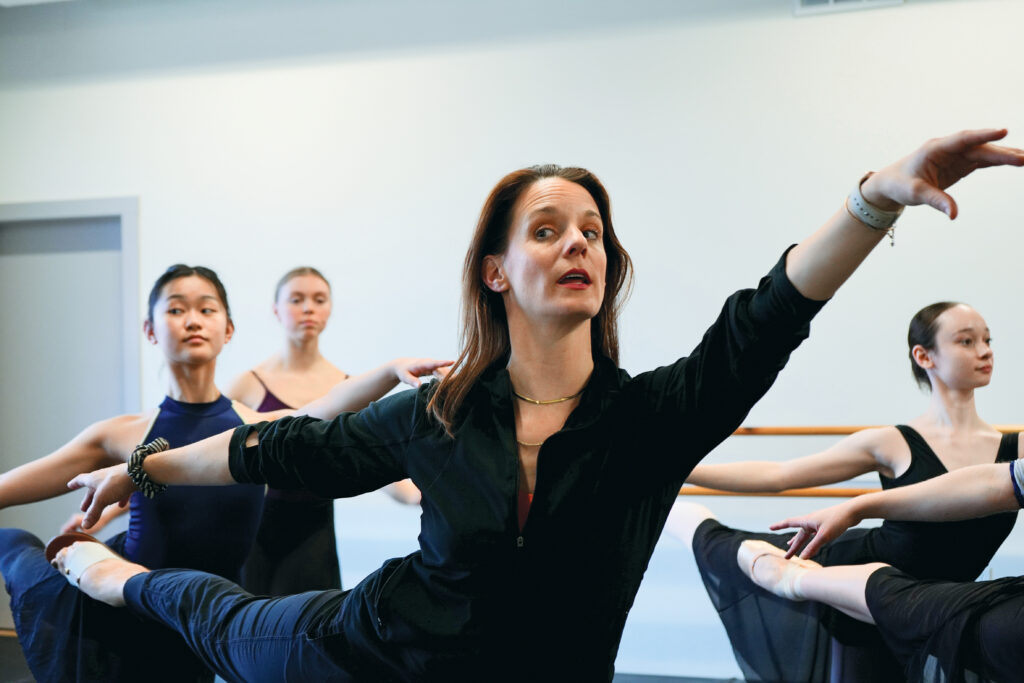
After auditions, Krutzkamp aims for a two-week response time, remembering how it felt when she was dancing. But she admits the process can get overwhelming. “I suggest that if a dancer hasn’t heard back within about two weeks’ time, they could write a nice email saying, ‘I’m just putting this back at the top of your inbox and am wondering if you’ve had a chance to look at my materials.’ ”
Staying Motivated
Sometimes no response is harder to stomach than a clear “no,” making it hard to stay optimistic and motivated. Remember that you deserve respect too, and to be acknowledged for your work.
Angelini urges dancers not to take rejection personally. “Sometimes it’s a question of what the company needs at that particular moment,” he says. “It’s about finding a place that fits for you and where you can grow.”
“Every time we dance, we give a piece of ourselves to whoever’s watching, whether on video or with a clipboard at the front of the room,” says DeGaray. “I just kept thinking about how something will work out eventually, and that kept me going.”




